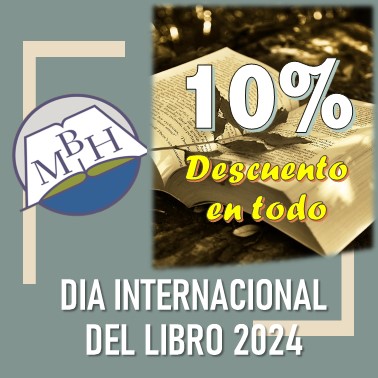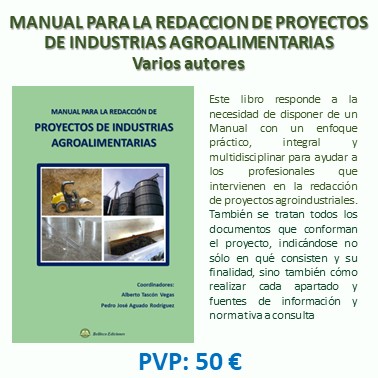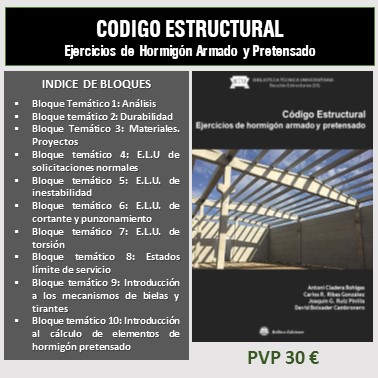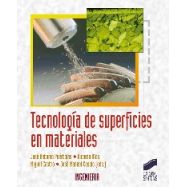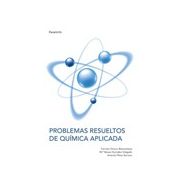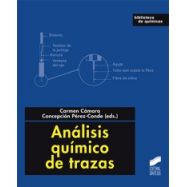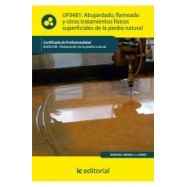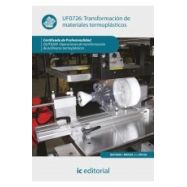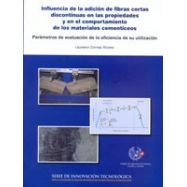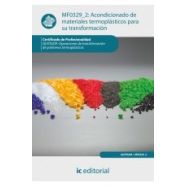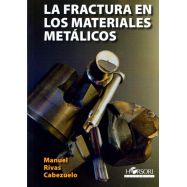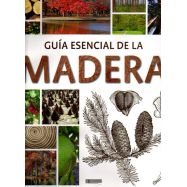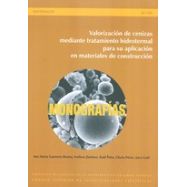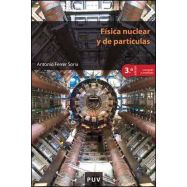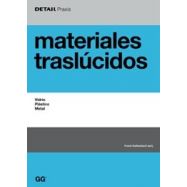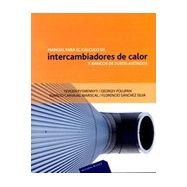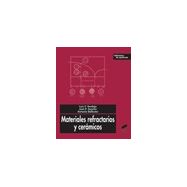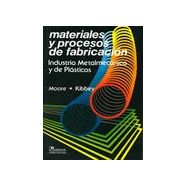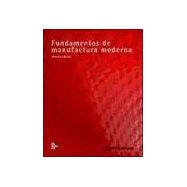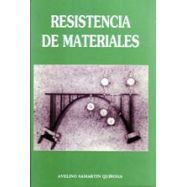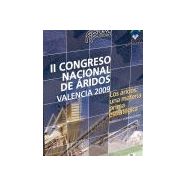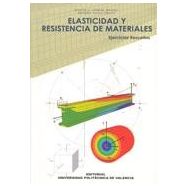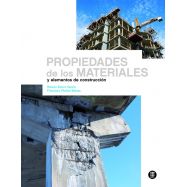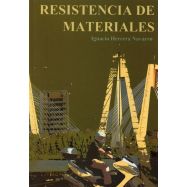Ningún producto
Materias
- BELLISCO EDICIONES. Nuestro Fondo Editorial
- FONDOS EDITORIALES EN DISTRIBUCION
- LIBROS TECNICOS EN INGLES
- ARQUITECTURA - URBANISMO
- AUTOMOCION - MOTORES - VEHICULOS
- AVIONICA - AERONAUTICA
- CALIDAD - EMPRESARIALES - GESTION
- CIENCIAS EXACTAS - MATEMATICAS
- CIENCIAS NATURALES Y APLICADAS
- CIENCIAS DE LA TIERRA - INGENIERIA DEL SUELO
- DICCIONARIOS TECNICOS
- ESTRUCTURAS - CONSTRUCCION
- FORMACION PROFESIONAL
- HIDRAULICA - INGENIERIA SANITARIA - AGUAS
- INGENIERIA CIVIL - OBRAS PUBLICAS
- INGENIERIA MECANICA E INDUSTRIAL
- INSTALACIONES . GENERALES, EN EDIFICACION E INDUSTRIALES
- MATERIALES
- MEDIO AMBIENTE
- NORMATIVA
- OPOSICIONES
- PREVENCION DE RIESGOS LABORALES
- PROGRAMAS INFORMATICOS DE CALCULO
- TECNOLOGIA DE LOS ALIMENTOS: Industrias: Conservación, envasado y cadenas alimentarias
- TELECOMUNICACIONES - INFORMATICA - TECNOLOGIA DE LA INFORMACION
- OUTLET DE BELLISCO: Descuentos de hasta el 80%
- RELIGION, TEOLOGIA, MORAL Y ESPIRITUALIDAD
- VARIOS
- OFERTAS
- PROMOCIONES
- NEWSLETTER
- CATEGORIAS DESTACADAS
- ULTIMAS NOVEDADES BELLISCO
- ARQUITECTURA SOSTENBILE
- URBANISNO
- MATEMATICAS EN GENERAL
- AGRONOMOS-AGRICULTURA-FORESTALES
- ELECTROMAGENTISMO-ELECTRONICA-ELECTRICIDAD
- INGª Y MECÁNICA DEL SUELO. CIMENTACIONES
- TOPOGRAFIA, FOTOGRAMETRÍA, GEODESIA
- EDIFICACION
- ANALISIS DE ESTRUCTURAS, RESISTENCIA DE MATERIALES, ELASTICIDAD, CALCULO MATRICIAL
- OFICIOS VARIOS
- ABASTECIMIENTO Y DISTRIBUCION DE AGUA
- PUENTES
- TUNELES Y OBRAS SUBTERRANEAS
- MAQUINAS Y MECANISMOS
- SOLDADURA
- CLIMATIZACION
- INSTALACIONES DE AGUA
- INSTALACIONES ELECTRICAS CIENCIA E INGENIERIA DE MATERIALES
- ENERGIAS RENOVABLES
- DESARROLLO SOSTENIBLE
- INFORMATICA-SISTEMAS-FORMACION-PROGRAMAS
-
COMO REDACTAR TEXTOS CIENTIFICOS EN INGLES
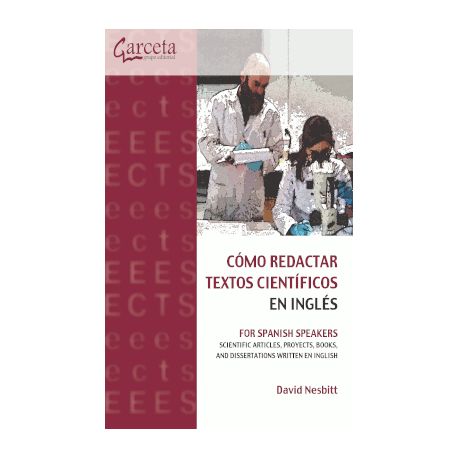 Ver más grande
Ver más grande Referencia: Código 08830
Septiembre de 2020 - David Nesbitt - Refª 8830
El propósito de este manual es de facilitar la publicación en inglés de artículos, libros, proyectos, posters y tesis científicas escritos en inglés por autores de habla española.
David nesbitt
Septiembre de 2020 Páginas:450
Código 8830 ISBN/EAN: 9788416228959
CONTENIDO: El propósito de este manual es de facilitar la publicación en inglés de artículos, libros, proyectos, posters y tesis científicas escritos en inglés por autores de habla española.
A pesar de que el español puede ser la segunda lengua más hablada en el mundo, incluso por encima del inglés, no hay otro manual en el mercado que trate las cuestiones específicas que surgen cuando un hispanoparlante redacta un trabajo técnico en inglés.
Este manual, con tres grandes apartados, realmente constituye tres libros en uno:
- 1. Una guía práctica para organizar y redactar un trabajo de forma rigurosa y eficiente;
- 2. Un manual de estilo para garantizar un escrito claro, atractivo y persuasivo; y
- 3. Una referencia lingüística para solucionar cuestiones de gramática, sintaxis y otros aspectos de la lengua inglesa.
El libro está escrito en inglés, puesto que es necesario para explicar temas de la escritura en esa lengua. El estilo es claro y sencillo, muchas veces con tono de humor para una lectura amena. Hay abundantes ejemplos de frases que contienen errores y las mismas frases corregidas. Se incluye material visual de apoyo para las explicaciones, así como modelos de escritos (ej. una carta al editor, un esquema de un artículo y un CV).
Es una herramienta nueva y valiosa para los científicos que pretenden publicar en inglés.
CHAPTER 1. A PRACTICAL GUIDE: THE ACT OF WRITING FOR SCIENCE
- 1.1. A concept of writing for science
- 1.2. The structure of a paper
- 1.2.1. Abstract
- 1.2.2. Highlights
- 1.2.3. Key words (and key phrases)
- 1.2.4. Introduction
- 1.2.5. Materials and methods
- 1.2.6. Results
- 1.2.7. Discussion
- 1.2.8. Conclusion
- 1.3. Core issues for scientific writing
- 1.3.1. Scientific method 27
- 1.3.2. The aim
- 1.3.3. Verb tenses throughout the paper
- 1.4. Writing strategy: sequence of the procedure
- 1.4.1. Setting the aim of the paper
- 1.4.2. Devising a title
- 1.4.3. Preparing an outline
- 1.4.4. First draft
- 1.4.5. Second draft
- 1.4.6. Tables, figures, maps, and photographs
- 1.4.7. Citations
- 1.4.8. Footnotes
- 1.4.9. Acknowledgments
- 1.4.10. References
- 1.4.11. Supplementary material
- 1.4.12. Biographical notes
- 1.4.13. Final proofreading.
- 1.4.14. Ensuring against plagiarism
- 1.4.15. Finishing
- 1.5. Submission of a manuscript
- 1.5.1. The journal
- 1.5.2. British or american english?
- 1.5.3. The cover letter
- 1.5.4. The peer review
- 1.6. Project applications and other proposals
- 1.6.1. Initial project information
- 1.6.2. Strategy for writing project applications
- 1.6.3. Congresses, workshops, seminars, posters, and dissertations
- 1.7. Submitting a peer review
- 1.8. Curriculum vitae
- 1.9. Summary of chapter 1
CHAPTER 2. THE THEORY OF WRITING
- 2.1. The spirit of writing
- 2.1.1. Style
- 2.1.2. Clarity
- 2.1.3. Conciseness
- 2.1.4. Directness
- 2.1.5. Coherence and unity
- 2.1.6. Point of view
- 2.1.7. Tone
- 2.1.8. Criticism
- 2.1.9. Rigor
- 2.2. The issues of writing
- 2.2.1. Indirectness
- 2.2.2. Rhetorical questions and commands
- 2.2.3. Stilted prose and archaic language
- 2.2.4. Jargon and pseudo?technical language
- 2.2.5. Euphemism
- 2.2.6. Fashionable words and catch phrases
- 2.2.7. Relaxed usage, colloquial usage, slang
- 2.2.8. Opinions
- 2.2.9. Emphatic language
- 2.2.10. Absolutes
- 2.2.11. Repetitiveness
- 2.2.12. Redundancy and tautology
- 2.2.13. Word choice
- 2.3. Summary of chapter 2
CHAPTER 3.THE MECHANICS OF WRITING
- 3.1. Spelling
- 3.1.1. British vs. American spelling and usage
- 3.1.2. Abbreviations
- 3.1.3. Capitalization
- 3.1.4. Spanish names in english
- 3.2 grammar
- 3.2.1. Articles
- 3.2.2. Nouns
- 3.2.3. Pronouns
- 3.2.4. Verbs
- 3.2.5. Adjectives
- 3.2.6. Adverbs
- 3.2.7. Conjunctions
- 3.2.8. Prepositions
- 3.2.9. The saxon genitive
- 3.3. Sentence structure and building
- 3.3.1. Phrases
- 3.3.2. Clauses
- 3.3.3. Sentences
- 3.3.4. Paragraphs
- 3.3.5. Word order
- 3.3.6. Parallel structure
- 3.4. Punctuation and symbols
- 3.4.1. Comma
- 3.4.2. Semicolon
- 3.4.3. Colon
- 3.4.4. Hyphen
- 3.4.5. Dash
- 3.4.6. Slash
- 3.4.7. Apostrophe
- 3.4.8. Period, dot, and ellipsis
- 3.4.9. Quotation marks
- 3.4.10. Parentheses and brackets
- 3.4.11. Numbers and other symbols
- 3.4.12. Italics, underlining, and bold typeface
- 3.4.13. Overuse of punctuation and other visual aids to writing
- 3.5. Summary of chapter 3.

